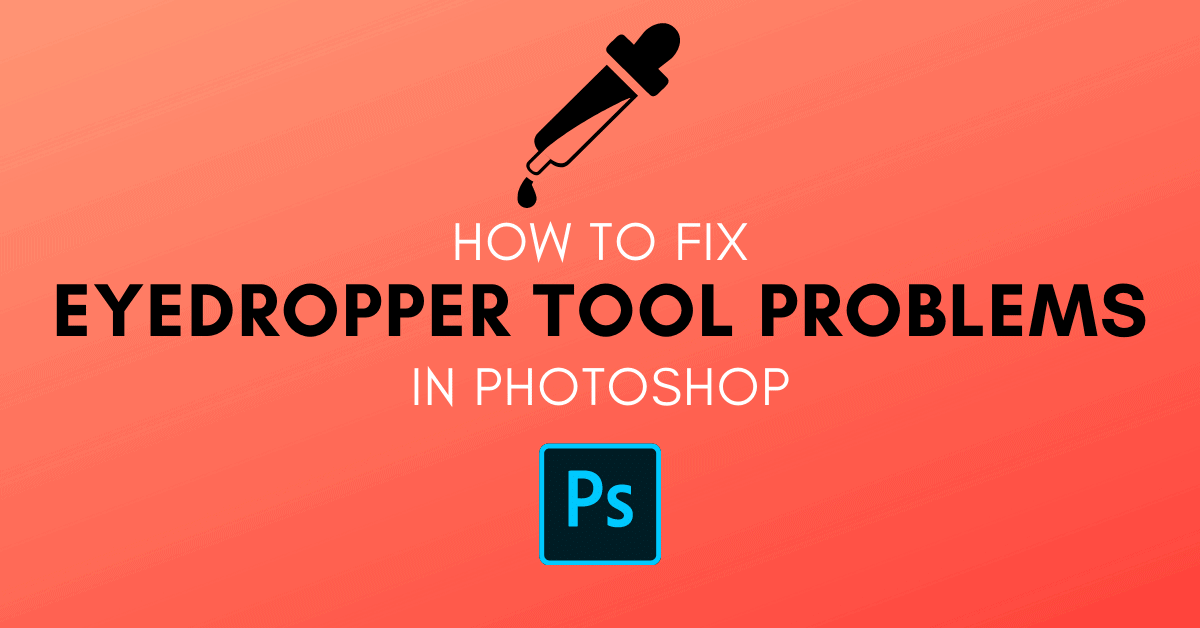

Pearson collects information requested in the survey questions and uses the information to evaluate, support, maintain and improve products, services or sites develop new products and services conduct educational research and for other purposes specified in the survey. Pearson may offer opportunities to provide feedback or participate in surveys, including surveys evaluating Pearson products, services or sites. We use this information to complete transactions, fulfill orders, communicate with individuals placing orders or visiting the online store, and for related purposes. Online Storeįor orders and purchases placed through our online store on this site, we collect order details, name, institution name and address (if applicable), email address, phone number, shipping and billing addresses, credit/debit card information, shipping options and any instructions. We use this information to address the inquiry and respond to the question. To conduct business and deliver products and services, Pearson collects and uses personal information in several ways in connection with this site, including: Questions and Inquiriesįor inquiries and questions, we collect the inquiry or question, together with name, contact details (email address, phone number and mailing address) and any other additional information voluntarily submitted to us through a Contact Us form or an email. Please note that other Pearson websites and online products and services have their own separate privacy policies. This privacy notice provides an overview of our commitment to privacy and describes how we collect, protect, use and share personal information collected through this site. Pearson Education, Inc., 221 River Street, Hoboken, New Jersey 07030, (Pearson) presents this site to provide information about Adobe Press products and services that can be purchased through this site.

Each map contains one texture-the image that defines what the maps and materials look like. Of each kind however, you can also use custom maps.

There are nine typical maps, including the Bump map, and there can be only one Each material includes one or more maps, which are the components of the appearance. Or more materials-the appearance of a part or all of the mesh. In the layer you just created, the mesh is the hat shape. Unlike a regular layer, a 3D layer contains one or more meshes. However, a 3D layer can be quite complex. A 3D layer behaves like any other layer-youĬan apply layer styles, mask it, and so on. You can use the 3D tools whenever a 3D layer is selected in the Layers panel. Tool and its group change the camera positions and angles, which can have a dramatic effect on your object. Tool and the other tools grouped with it in the Tools panel manipulate the object itself. PhotoshopĬS5 Extended includes several basic tools that make it easy to rotate, resize, and position 3D objects. To a 3D layer at any time to change lighting, color, material, or position without having to re-create a lot of the art. The advantage to working with 3D objects is, obviously, that you can work with them in three dimensions. The lesson files are available with purchase of the book.

Note: This excerpt does not include the lesson files.


 0 kommentar(er)
0 kommentar(er)
